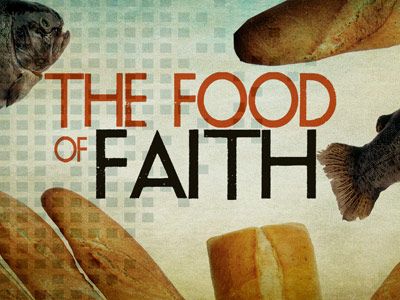-
The Tale Of Two Trees
Contributed by Mark Price on Nov 28, 2017 (message contributor)
Summary: The sin that disallowed man to enjoy the Tree of Life is reconciled on another tree - the cross.
Title: The Tale of Two Trees
Text: Genesis 2: 9; Revelation 22: 1-4 (esp. 2)
Key Verse(s): Revelation 22: 2
There is a tree of life in the city (Rev. 22:2). Remember: the tree of life was also planted in the Garden of Eden (Genesis 2:9). As long as man remained sinless, he was allowed to eat of the tree; but as soon as he sinned, he was not allowed to eat its fruit. The fruit was the nourishment of life; it infused eternal life into Adam’s body. Or else, it symbolized the perfect and life-giving environment God had given Adam.
Now, this very special tree is created by God himself, and placed in the garden for man. Because of sin, man was evicted from the garden and the tree. This tree is never seen again… until Revelation, where it appears again in a garden-setting.
Q: What transpired that man could no longer partake of this tree in the Garden of Eden?
A: Man sinned. He had every tree in the Garden, except the tree of knowledge of good and evil. This tree, they thought, would make them as God. Ultimately, Adam and Eve’s sin was an attempt to dethrone God. If they could be as wise as God, they could reign upon the throne of their heart. They had it all, but that was not enough. They wanted to be as wise as God.
Wisdom in the wrong hands is dangerous.
We must realize from the experience of Scripture, that sin is not merely a physical act on our part that causes us to suffer physical consequences. Sin is first an act of the will – an act of the heart attitudes – through which we devalue and offend a holy and righteous God. Sin is first an act of offense toward God himself. If you are unsaved, the primary concern should be to reconcile yourself with this righteous God. If our motive is to escape hell, we make it about us. But if we understand this broken relationship with an all righteous God, and desire to reconcile that purposeful relationship, then we make it about Him.
It is interesting that, from this time on, we find a theme through Scripture, where a tree is a symbol of a curse; Deut. 21:23, “His body shall not remain all night upon the tree, but thou shalt in any wise bury him that day; (for he that is hanged is accursed of God;) that thy land be not defiled, which the LORD thy God giveth thee for an inheritance.”
Galatians 3:13, “Christ hath redeemed us from the curse of the law, being made a curse for us: for it is written, Cursed is every one that hangeth on a tree:”
However, in Exodus 15: 23-25, at the bitter waters of Marah, the LORD showed Moses a tree, that when it was tossed into the water, the water became sweet. So while on one hand we have these passages that refer to the curse of sin, on the other hand we have passages that point to another “tree” that will overcome the bitterness of sin’s curse.
Galatians 3:13 points to that one historical, earth-shattering, sun-stopping event that allowed man to enjoy the presence of this tree of life again.
Remember: the reason why the Tree of Life was forbidden to Adam, Eve, and all of mankind was SIN. Because man chose to pursue that which was forbidden, he was unfit to partake of that which was forever. When sin is present in a life, it affects the longevity of that life.
Adam’s sin brought a curse on all of creation:
o On Adam: sweat and toil would be his lot as he provided for his family.
o Eve: through pain and sorrow she would bear children.
o Creation would bear thorns and thistles to make man’s work more difficult.
o The animal kingdom, once completely under the rule of man, would become unruly. LION example.
o Serpent: once an upright creation would crawl upon it’s belly.
All of creation groans because of sin! Adam and Eve, if obedient, would have had privilege to the Tree of Life; a tree bearing the benefit of eternal life. But they chose disobedience and death.
The fact that this tree appears again, especially where it does is significant. Note that two things are said about it.
a. The tree of life bears twelve crops of fruit—one crop each month. The tree bears fruit year round. This symbolizes continuous fruit or continuous life. There is no time that the tree does not bear fruit. It always bears fruit; it provides eternal fruit. Therefore, the person who eats of the tree of life is nourished by its fruit eternally. He lives forever.
There is also another symbol here: bearing the fruit of God’s Spirit. The person who eats of the tree of life will bear the fruit of the Spirit eternally.

 Sermon Central
Sermon Central



